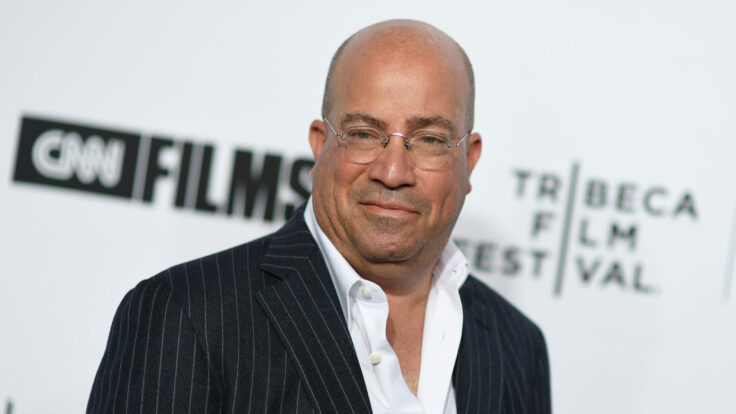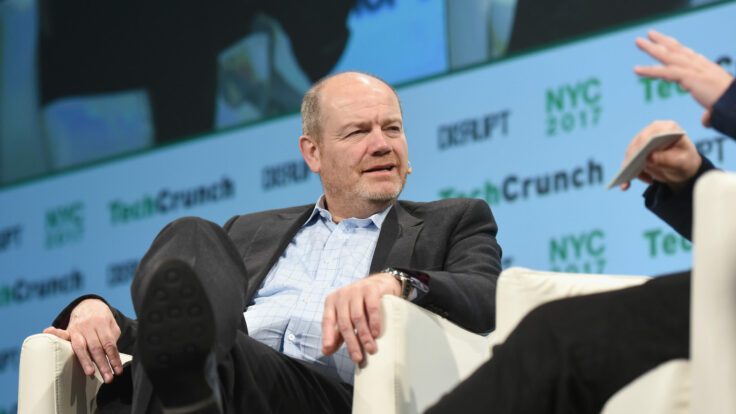Earlier this year, I ran into A. G. Sulzberger, the still young-ish New York Times Co. chairman and publisher (must be the vegan diet), at a party in northwest Washington. During our brief chat, I thanked him for providing me, an intermittent news media diarist, with a rare success story in an industry besieged by gale-force macroeconomic headwinds, visionless leaders, and an obstinate dependence on dying business models. This was right around the time that seemingly every news organization except the Times was laying people off, or turning the lights off altogether, and media analysts were responding to the moment with alarmist terms like “existential crisis” and “extinction-level event” (not quite).
Of course, the Times had avoided this fate by long ago metamorphosing its business into a multiplatform, multi-sub-brand operation with more than 10 million paying subscribers—a veritable lifestyle hub for the coastal establishment and the Ivy-NESCAC liberal elite. Were the Times Co. not a mission-driven, dual-class-shareholder-structured public entity, A.G. would have surely been pressured to trim his formidable newsroom, as his father often had to in the olden days. Instead, the ballast-y prospects of the Times business plan had allowed him to support the newsgathering operation while still generating meaningful EBITDA. Shortly after our run-in, Times C.E.O. Meredith Kopit Levien (also at the party) would inform shareholders that the company’s annual digital subscription revenue had surpassed $1 billion for the first time.

















